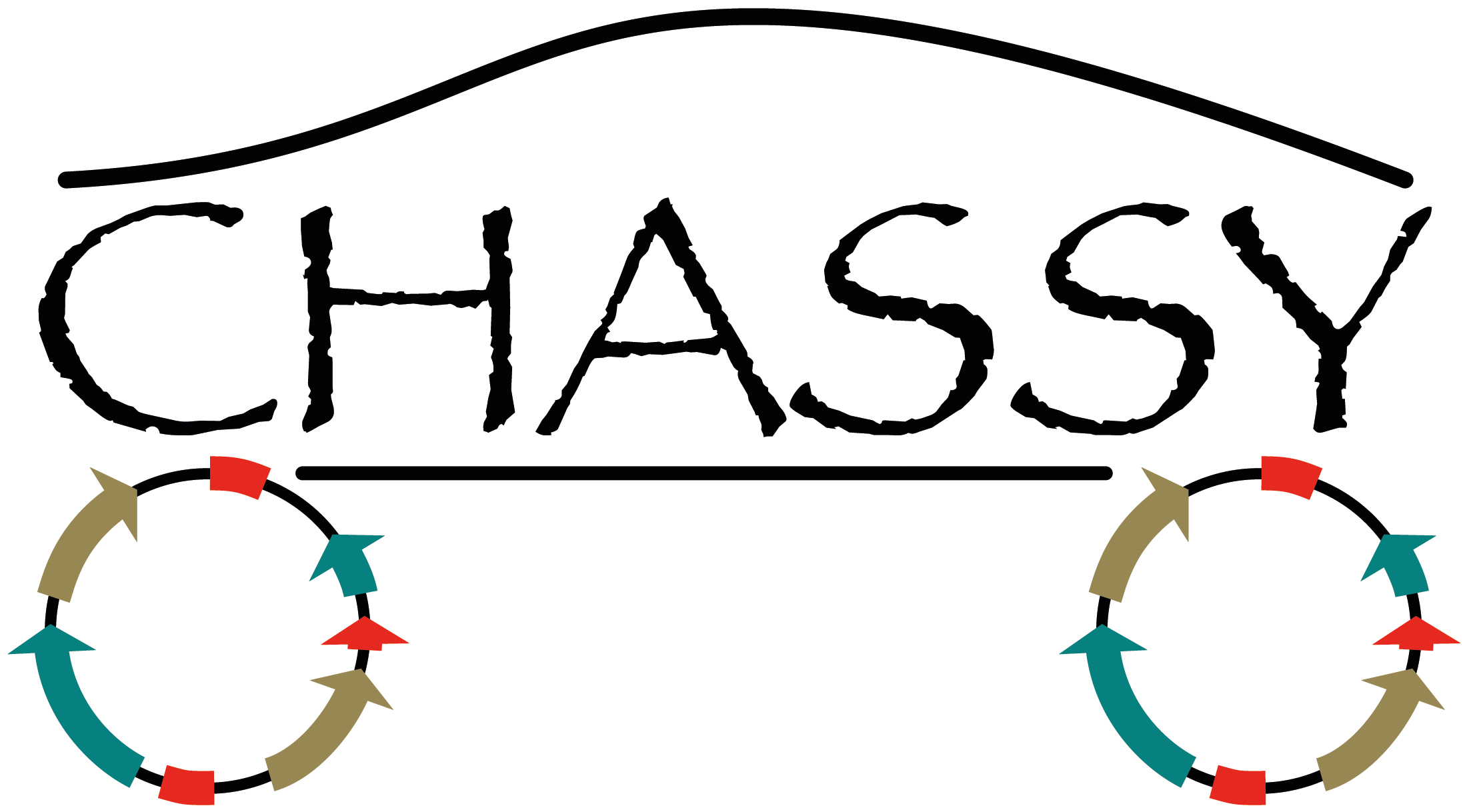Genome-scale metabolic models (GEMs) are an established tool for systematic analyses of metabolism for a wide variety of organisms. As part of the Horizon 2020 Industrial Biotechnology project CHASSY, GEMs of three different yeast species have been extended and applied to predict multiple engineering targets in yeast platform strains. This led to the improved production of a number of target compounds for the flavours, fragrances and cosmetics industries, thereby contributing to making this sustainable production method a more viable option for industry.
Visuals and PDF file in English available at: www.nova-institute.eu/press/?id=274
 While in CHASSY the computational models have been exclusively used to improve yeast cell factories, they also have the potential to be applied in many different research and industrial contexts across a wide range of microorganisms. CHASSY researcher Iván Domenzain from Chalmers University of Technology in Sweden describes the benefits of this modelling framework that is rapidly attracting increased attention from the biosciences community – “Our computer models offer a comprehensive representation of the interactions between genes, enzymes and metabolites that exist inside of cells, as well as enabling quantitative exploration of the effects of environmental and/or genetic perturbations on cell phenotypes. These models provide a structured framework for guiding metabolic rewiring to enhance production levels of desired chemicals up to industrially relevant quantities.”
While in CHASSY the computational models have been exclusively used to improve yeast cell factories, they also have the potential to be applied in many different research and industrial contexts across a wide range of microorganisms. CHASSY researcher Iván Domenzain from Chalmers University of Technology in Sweden describes the benefits of this modelling framework that is rapidly attracting increased attention from the biosciences community – “Our computer models offer a comprehensive representation of the interactions between genes, enzymes and metabolites that exist inside of cells, as well as enabling quantitative exploration of the effects of environmental and/or genetic perturbations on cell phenotypes. These models provide a structured framework for guiding metabolic rewiring to enhance production levels of desired chemicals up to industrially relevant quantities.”
The CHASSY project is currently seeking collaboration opportunities to widen the applicability and utilisation of these computational models, which have recently been made available as part of a scientific article preprint (available at: www.researchsquare.com/article/rs-351350/v1). Additionally, the models have been embedded in a user-friendly web interface, Caffeine, created by another Horizon 2020 project, “DD-decaf” (grant No. 686070) which is available at www.dd-decaf.eu. For more information, read the published summary on the Horizon Results Platform here: www.ec.europa.eu/info/funding-tenders/opportunities/portal/screen/opportunities/horizon-results-platform/31543
For questions about the CHASSY project, please contact the Coordinator, Professor John Morrissey, University College Cork (J.Morrissey@ucc.ie).
This project has received funding from the European Union’s Horizon 2020 research and innovation programme under grant agreement No 720824.
Source
Supplier
Chalmers University of Technology
nova-Institut GmbH
University College Cork (UCC)
Share
Renewable Carbon News – Daily Newsletter
Subscribe to our daily email newsletter – the world's leading newsletter on renewable materials and chemicals











